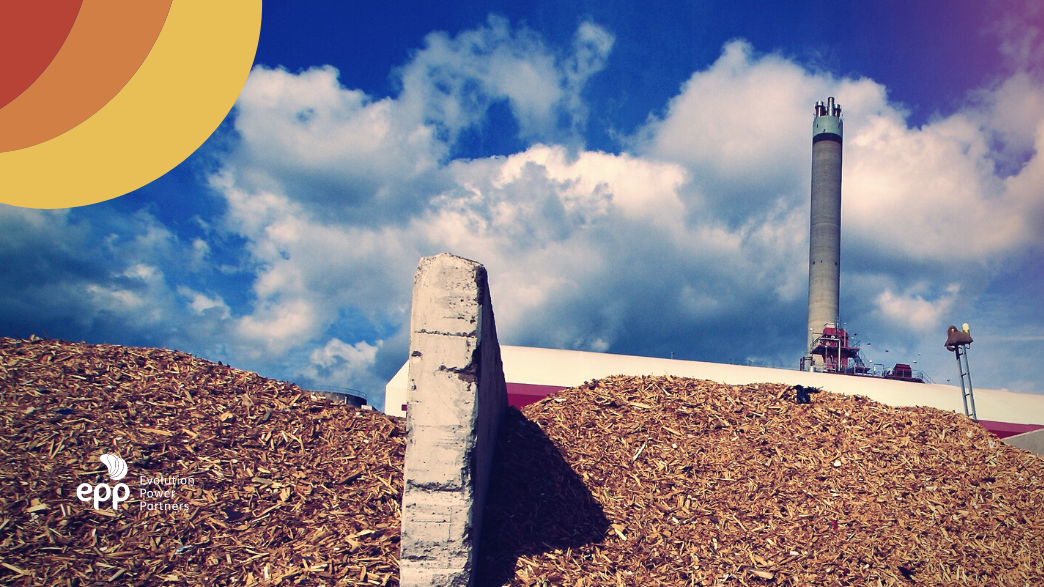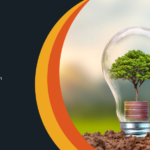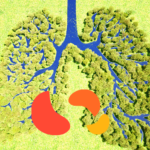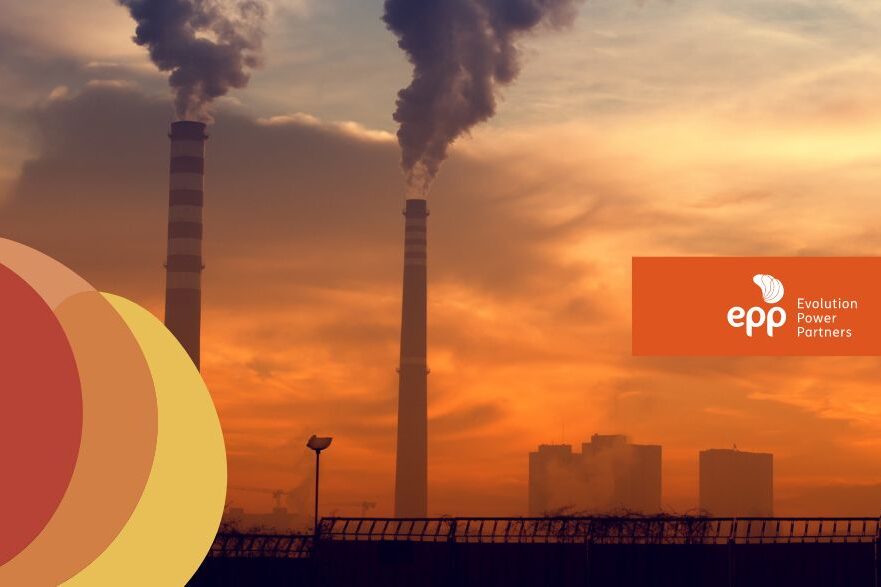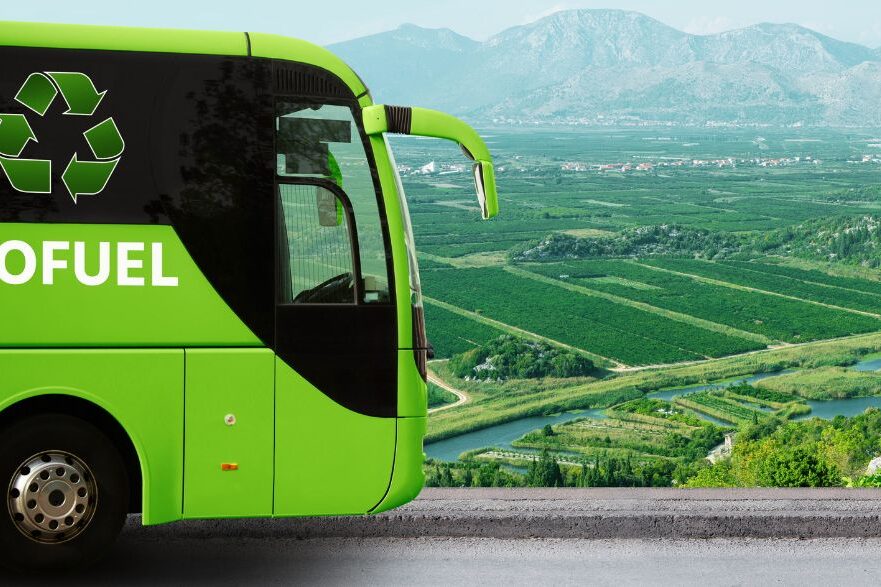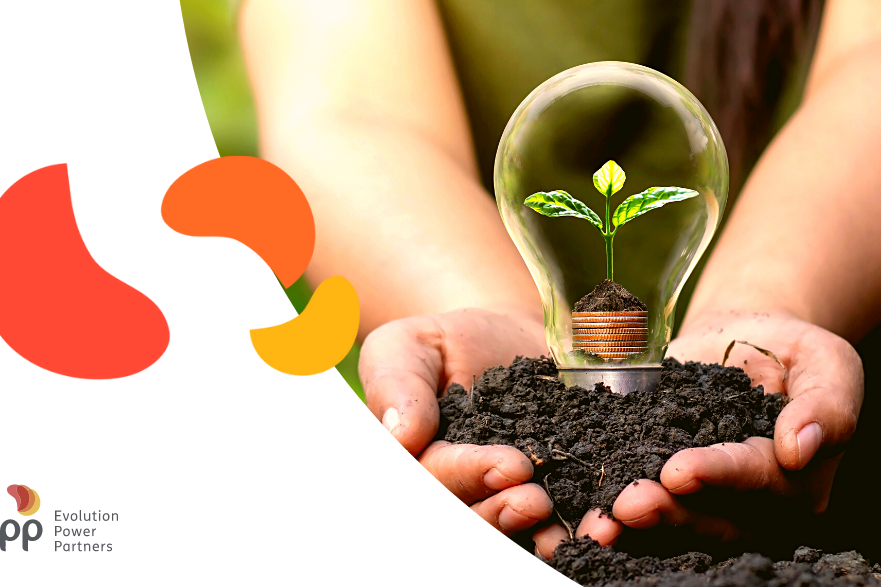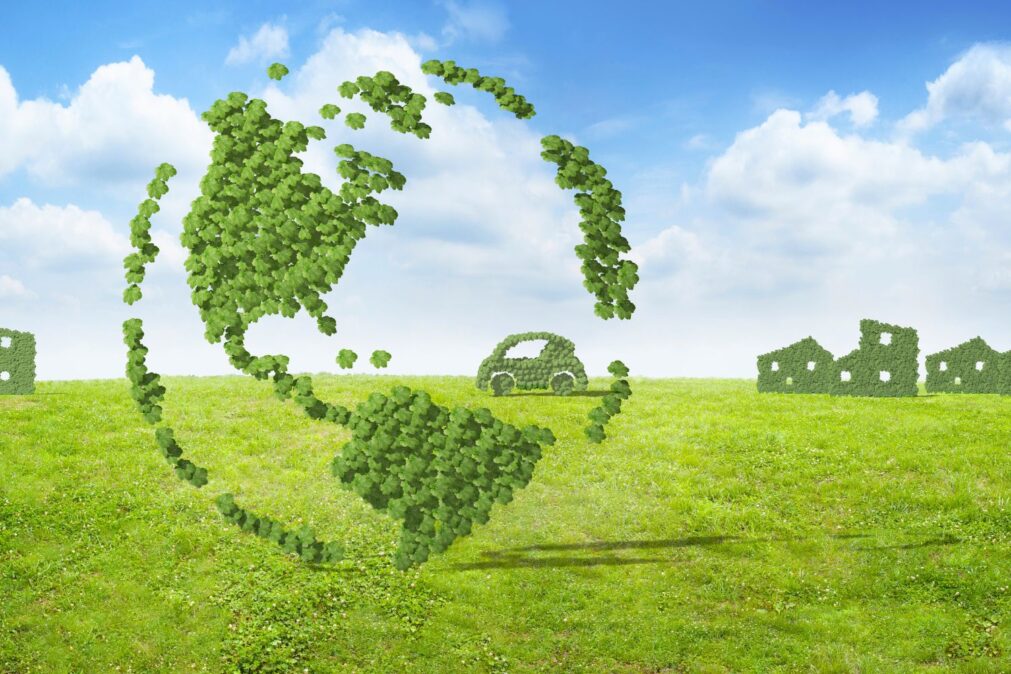The zero methane program aims to help Brazil achieve its greenhouse gas reduction and carbon neutrality goals.
The Federal Government launched, in March 2022, the zero methane program. The objective of the project is to stimulate the transformation of gas, which is harmful to the greenhouse effect, into biofuel with financing from public banks.
After the regulation of the new Legal Framework for Solid Waste, created through Decree 10,936 of January 2022, the government’s next step is the creation of the zero methane program.
For specialists, Brazil has great potential for producing biomethane, which can come from both urban and rural waste, especially poultry, swine, sugar and alcohol. According to estimates by the Brazilian Biogas Association (ABiogás), Brazil has the potential to produce, by 2030, around 30 million cubic meters of biomethane per day. In practice, biofuel can replace diesel from heavy machinery, in addition to helping the environment, properly disposing of waste, favoring the circular economy.
What is the zero methane program?
During COP 26, held in November 2021, the Federal Government, together with more than 100 countries, joined the global effort to reduce methane emissions by 30% by 2030 compared to 2020 levels. great opportunity to demonstrate your efforts in the context of a new global green economy.
The National Program for the Reduction of Organic Waste Methane – Zero Methane aims to reduce greenhouse gas emissions, fuel and energy costs, transforming rural producers and landfill managers into clean and renewable fuel and energy providers. , in addition to the important by-product — biofertilizers — with high value for agriculture.
In addition to the Federal Government, the program will count on the participation of the private sector, civil society and the scientific sector, to jointly develop the sector with cooperation for financing, training and technology diffusion.
As incentive measures, the government will promote specific lines of credit and financing for the implementation of biodigesters, implementation of biogas purification systems, production and compression of biomethane and other technologies. In addition, tax exemptions for the creation of infrastructure related to biogas and biomethane projects are fundamental for the development of the model.
The zero methane program should also dialogue with the carbon market, generating additional revenue for projects that promote the reduction of GHG emissions into the atmosphere. The carbon market can add to the benefits to be achieved by the program, credits generated by the reduction of methane emissions from organic waste, as well as by the avoided emission of carbon with the substitution of fossil fuels.
The importance of biogas in this change
According to the United Nations Environment Program (UNEP), methane is 80 times more dangerous to global warming than carbon dioxide. In the agricultural sector, methane arises from the gastroenteric releases of animals and manure. With techniques to transform the gas into a biofuel, it is possible to replace the diesel used in vehicles and heavy machinery in the production line.
Thus, biomethane is the gas from the treatment of biogas which, in turn, is generated by the biological decomposition of organic matter, such as MSW, sludge and animal manure. It can be used in power generation or vehicular use. For example, a truck transporting orange juice, when fueled with gas generated by agricultural residues, reduces the emission of carbon dioxide (CO2) by 85% in relation to diesel oil.
With the size of agriculture in Brazil, experts say they have the “pre-salt caipira”, as it is a huge and still unexplored fuel matrix. If all the waste produced today, both from agribusiness and sanitation, were used, it would be possible to supply 35% of the country’s electricity consumption and 70% of the demand for diesel.
Therefore, projects such as the zero methane program are part of efforts to change the energy matrix and productive mobility with incentives for bioelectricity and the use of biogas and biomethane. If you liked the content, follow us on social networks and don’t miss any news.
